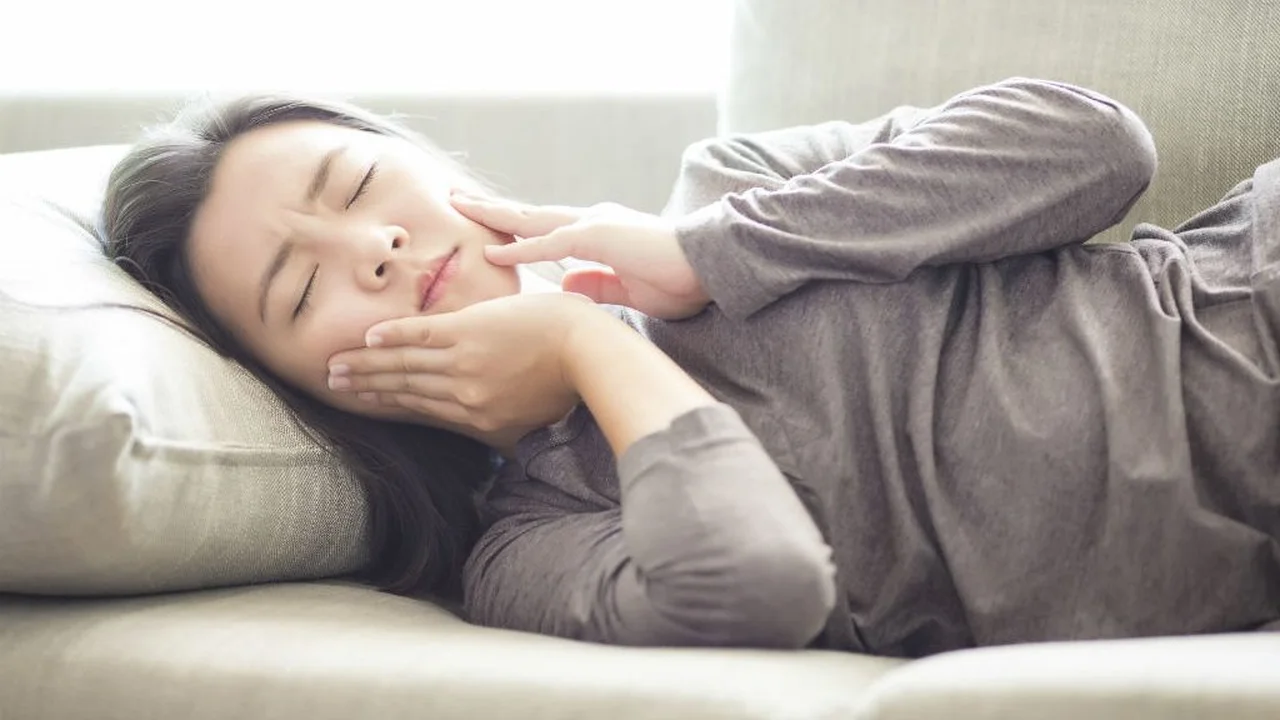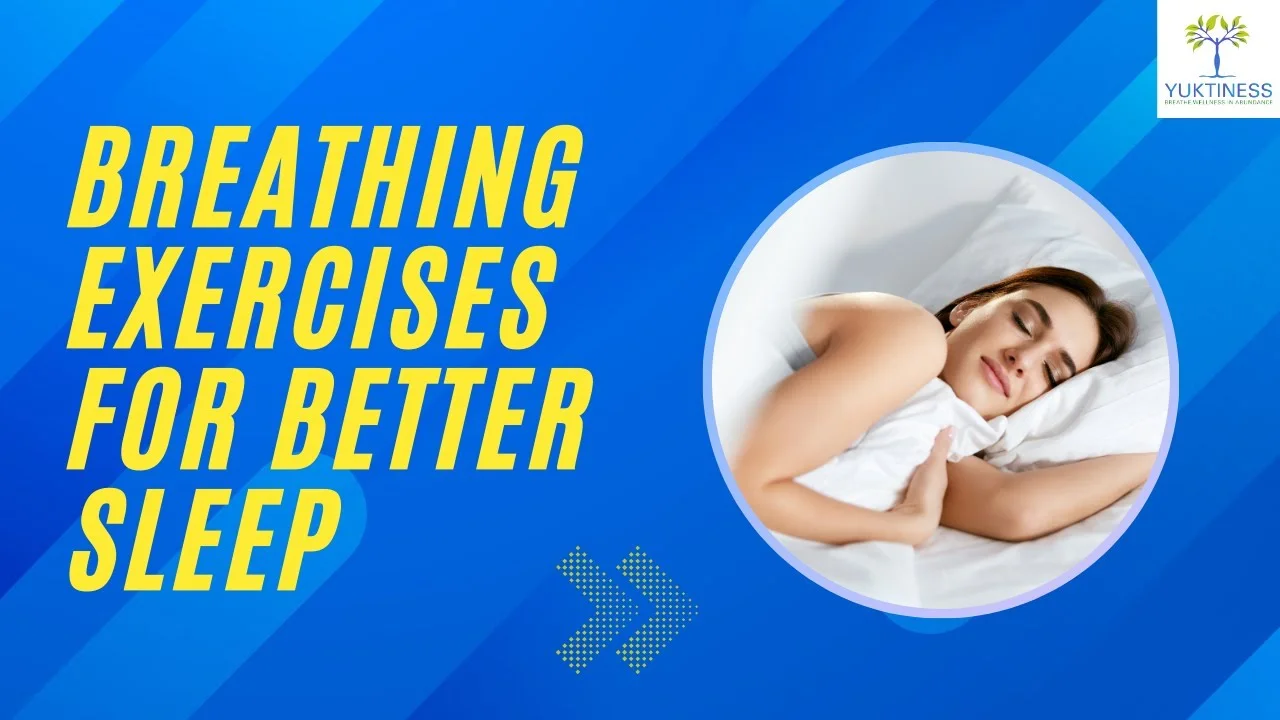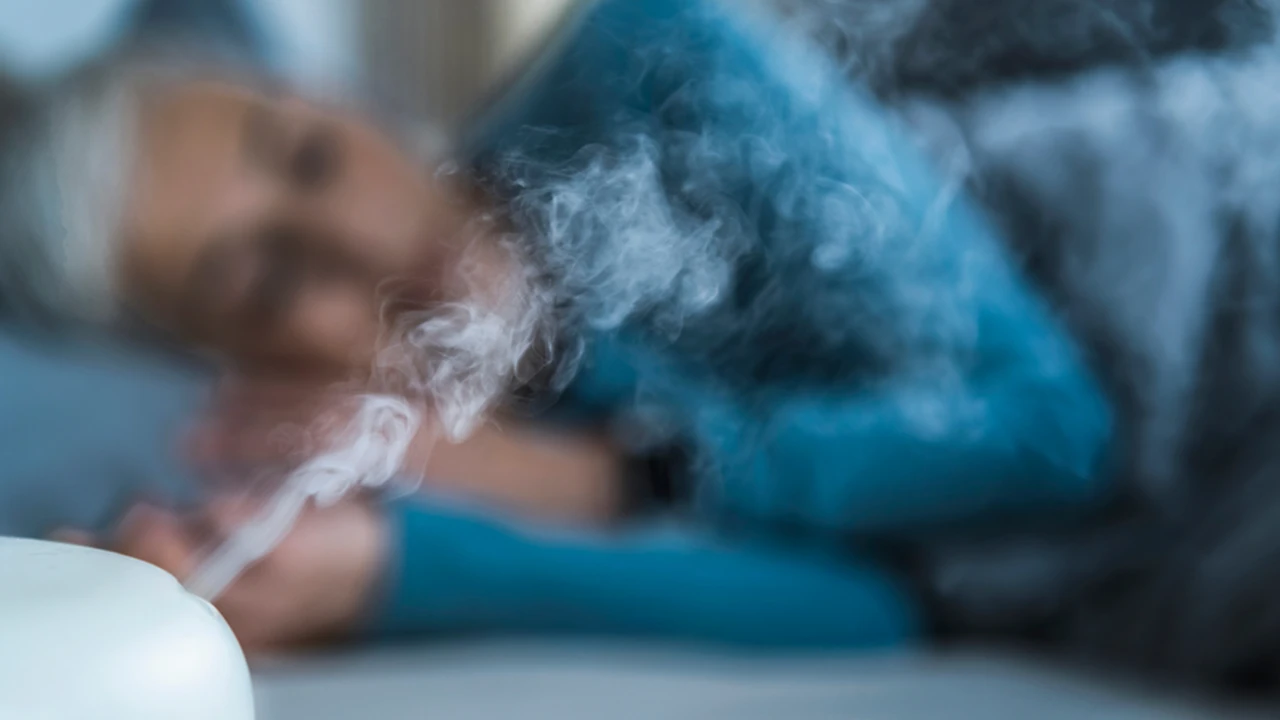Circadian Rhythm Your Internal Clock
Learn how your circadian rhythm influences sleep-wake cycles. Optimize your daily routine for better sleep alignment and energy.

Circadian Rhythm Your Internal Clock
Understanding Circadian Rhythms The Body's Master Clock
Hey there, ever wonder why you feel sleepy around the same time every night, or why you're naturally more alert in the morning? That's your circadian rhythm at play! Think of it as your body's internal 24-hour clock, a sophisticated system that regulates a whole bunch of physiological processes, not just sleep. It's deeply ingrained in our biology, influencing everything from hormone release and body temperature to digestion and even mood. This incredible internal clock is primarily governed by light and darkness, which act as powerful cues to keep it in sync with the outside world. When your circadian rhythm is humming along nicely, you feel energized during the day and drift off to sleep easily at night. But when it gets out of whack, that's when you start experiencing issues like insomnia, fatigue, and a general feeling of being off. We're going to dive deep into how this master clock works, what can throw it off, and most importantly, how you can optimize your daily routine to keep it perfectly aligned for better sleep and overall energy.
The Science Behind Your Circadian Clock How It Works
So, how does this internal clock actually work? At the heart of your circadian rhythm is a tiny but mighty cluster of cells in your brain called the suprachiasmatic nucleus, or SCN. This SCN is located in the hypothalamus and acts as the body's master pacemaker. It receives direct signals from your eyes about light and darkness. When light hits your retina, it sends a signal to the SCN, which then tells your pineal gland to suppress the production of melatonin, the hormone that makes you feel sleepy. As darkness falls, the SCN signals the pineal gland to start releasing melatonin, preparing your body for sleep. This light-dark cycle is the primary synchronizer, but other factors like meal times, exercise, and social interactions also play a role in fine-tuning your rhythm. It's a complex interplay, and understanding these mechanisms is the first step to taking control of your sleep.
Common Disruptors of Circadian Rhythm Jet Lag Shift Work Blue Light
Unfortunately, our modern lifestyles are full of things that can throw our delicate circadian rhythm off balance. One of the most common culprits is jet lag. When you travel across multiple time zones, your internal clock is still operating on your home time, while the external environment has shifted. This mismatch leads to fatigue, disorientation, and difficulty sleeping. Another major disruptor is shift work. People who work irregular hours, especially night shifts, are constantly fighting against their natural circadian rhythm, which can lead to chronic sleep problems and other health issues. And then there's the pervasive blue light from our electronic devices. Staring at your phone, tablet, or computer screen late at night tricks your SCN into thinking it's still daytime, suppressing melatonin production and making it harder to fall asleep. Even irregular meal times, lack of consistent exercise, and an inconsistent sleep schedule can contribute to a misaligned circadian rhythm. Recognizing these disruptors is crucial for mitigating their negative effects.
Optimizing Your Daily Routine for Circadian Alignment Sleep Hygiene Tips
The good news is that you have a lot of power to optimize your circadian rhythm. It starts with establishing a consistent sleep schedule. Try to go to bed and wake up at the same time every day, even on weekends. This helps to reinforce your body's natural rhythm. Light exposure is key: get plenty of natural light, especially in the morning. Open your curtains, go for a walk, or have your coffee outside. In the evening, dim the lights and avoid bright screens for at least an hour or two before bed. Create a relaxing bedtime routine to signal to your body that it's time to wind down. This could include a warm bath, reading a book, or gentle stretching. Pay attention to your diet and exercise. Regular physical activity can improve sleep, but avoid intense workouts too close to bedtime. And try to eat your meals at consistent times each day. These simple yet powerful sleep hygiene practices can make a huge difference in aligning your circadian rhythm and improving your sleep quality.
Light Therapy Devices for Circadian Rhythm Regulation Product Recommendations
For those struggling with significant circadian rhythm disruptions, like severe jet lag, seasonal affective disorder (SAD), or shift work sleep disorder, light therapy devices can be incredibly helpful. These devices emit a bright light that mimics natural sunlight, signaling to your brain that it's daytime and helping to reset your internal clock. They are particularly effective when used in the morning. Here are a few top-rated products to consider:
Philips SmartSleep Wake-up Light HF3520
This isn't just an alarm clock; it's a light therapy device designed to gently wake you up with a simulated sunrise. It gradually brightens over a 30-minute period before your alarm time, helping to naturally suppress melatonin and make waking up feel more natural and less jarring. It also has a sunset simulation feature to help you wind down at night. It includes five different natural wake-up sounds and an FM radio. It's a great all-rounder for improving your morning routine and overall circadian alignment.
- Use Case: Gentle morning wake-up, combating SAD, improving overall energy levels.
- Comparison: More features than basic light boxes, integrates sound and light for a holistic wake-up experience.
- Price: Around $100 - $150 USD.
Carex Day-Light Classic Plus Bright Light Therapy Lamp
This is a more traditional light therapy lamp, designed to deliver a high dose of bright light (10,000 LUX) for effective treatment of SAD and circadian rhythm disorders. It's a larger unit, meant for sitting on a desk or table while you work or eat. It provides glare-free, UV-filtered light for safe and comfortable use. The adjustable height and angle allow you to position the light perfectly for your needs. It's a medical-grade device, often recommended by healthcare professionals.
- Use Case: Treating SAD, severe jet lag, shift work sleep disorder, boosting mood and energy.
- Comparison: Higher intensity light than wake-up lights, more focused on therapeutic light exposure.
- Price: Around $150 - $200 USD.
HappyLight Lumi by Verilux
The HappyLight Lumi is a compact and portable light therapy lamp, making it ideal for travel or for those with limited space. It also delivers 10,000 LUX of full-spectrum, UV-free light. It's super easy to use with a simple one-touch operation and a built-in stand. While smaller, it's still very effective for daily light therapy sessions. It's a great entry-level option for those new to light therapy.
- Use Case: Daily mood boost, mild SAD, maintaining circadian rhythm while traveling.
- Comparison: More portable and affordable than the Carex Day-Light, but still delivers effective light therapy.
- Price: Around $50 - $70 USD.
Blue Light Blocking Glasses Protecting Your Circadian Rhythm
On the flip side of light therapy, we have blue light blocking glasses. These are designed to filter out the harmful blue light emitted by screens, which, as we discussed, can suppress melatonin and disrupt your sleep. Wearing these glasses in the evenings, especially if you're using electronic devices, can significantly help your body prepare for sleep. They come in various tints, with amber or red lenses being the most effective for blocking blue light, though clear lenses with blue light filtering are also available for daytime use.
Swannies Blue Light Blocking Glasses by Swanwick Sleep
Swannies are a popular choice, known for their high-quality lenses and stylish frames. They offer different lens options, including clear for daytime, amber for evening, and red for maximum blue light blockage before bed. Their amber lenses are particularly effective at blocking 99% of blue light, making them a great choice for evening screen use. They are comfortable and durable, designed for long-term wear.
- Use Case: Evening screen use, reducing eye strain, improving melatonin production before sleep.
- Comparison: Premium option with high blue light blocking efficacy and stylish designs.
- Price: Around $60 - $100 USD.
Gamma Ray Optics Blue Light Blocking Glasses
Gamma Ray Optics offers a more budget-friendly option without compromising too much on effectiveness. They have a range of styles and lens tints, including amber and clear. While they might not block as much blue light as some premium brands, they still offer significant protection and are a great starting point for anyone looking to try blue light blocking glasses. They are lightweight and comfortable for extended wear.
- Use Case: Affordable option for evening screen use, general blue light protection.
- Comparison: More budget-friendly than Swannies, good entry-level option.
- Price: Around $20 - $30 USD.
Melatonin Supplements When and How to Use Them
Melatonin supplements can be a useful tool for resetting your circadian rhythm, especially for jet lag or temporary sleep disturbances. However, it's important to use them correctly. Melatonin isn't a sedative; it's a hormone that signals to your body that it's nighttime. Taking it at the right time is crucial. For jet lag, you'd typically take a small dose (0.5mg to 3mg) a few hours before your target bedtime in the new time zone. For general sleep issues, it's best to take it about 30-60 minutes before you want to fall asleep. Always start with the lowest effective dose. It's also important to remember that melatonin supplements are not a long-term solution for chronic sleep problems and should ideally be used under the guidance of a healthcare professional.
Nature Made Melatonin 3 mg
Nature Made is a widely trusted brand for supplements, and their melatonin is no exception. It's a straightforward, no-frills option that provides a consistent dose. It's often recommended for its purity and reliability. Available in various strengths, the 3mg is a common starting point for many users.
- Use Case: Short-term sleep aid, jet lag, occasional difficulty falling asleep.
- Comparison: Reliable, widely available, and cost-effective.
- Price: Around $10 - $15 USD for a bottle of 120 tablets.
NOW Foods Melatonin 1 mg
For those who prefer to start with a very low dose, NOW Foods offers a 1mg melatonin supplement. This is often recommended for people who are sensitive to melatonin or who only need a subtle nudge to their sleep cycle. It's a good option for micro-dosing to fine-tune your circadian rhythm without overdoing it.
- Use Case: Sensitive individuals, micro-dosing for circadian rhythm adjustment, mild sleep issues.
- Comparison: Lower dose option, good for titration and finding the minimal effective dose.
- Price: Around $8 - $12 USD for a bottle of 100 capsules.
The Future of Circadian Rhythm Optimization Smart Home Integration
The world of sleep optimization is constantly evolving, and smart home technology is playing an increasingly significant role in helping us align our circadian rhythms. Imagine a system where your lights automatically dim and change color temperature as evening approaches, your smart blinds close at sunset, and your thermostat adjusts to the optimal sleep temperature. Devices like smart bulbs (e.g., Philips Hue, LIFX) can be programmed to mimic natural light cycles, gradually brightening in the morning and dimming to warm tones in the evening. Smart thermostats (e.g., Nest, Ecobee) can learn your sleep patterns and adjust the temperature accordingly. Even smart beds are emerging that can track your sleep and adjust firmness or temperature to optimize your rest. Integrating these technologies can create a truly optimized sleep environment that works in harmony with your body's natural clock, making it easier than ever to maintain a healthy circadian rhythm without constant manual adjustments. It's about creating a seamless, intuitive environment that supports your biology.
When to Seek Professional Help for Circadian Rhythm Disorders
While many circadian rhythm issues can be managed with lifestyle adjustments and over-the-counter aids, there are times when professional help is necessary. If you've tried various strategies and are still experiencing persistent sleep problems, excessive daytime sleepiness, or significant difficulty adjusting to different time zones or work schedules, it might be time to consult a sleep specialist. They can diagnose specific circadian rhythm disorders, such as Delayed Sleep Phase Syndrome (DSPS), Advanced Sleep Phase Syndrome (ASPS), or Non-24-Hour Sleep-Wake Rhythm Disorder. A sleep specialist can offer more targeted treatments, including prescription medications, specialized light therapy protocols, or cognitive behavioral therapy for insomnia (CBT-I), which can be highly effective in retraining your brain for better sleep. Don't hesitate to seek expert advice if your sleep issues are significantly impacting your quality of life. Your health and well-being are worth it.
:max_bytes(150000):strip_icc()/277019-baked-pork-chops-with-cream-of-mushroom-soup-DDMFS-beauty-4x3-BG-7505-5762b731cf30447d9cbbbbbf387beafa.jpg)






